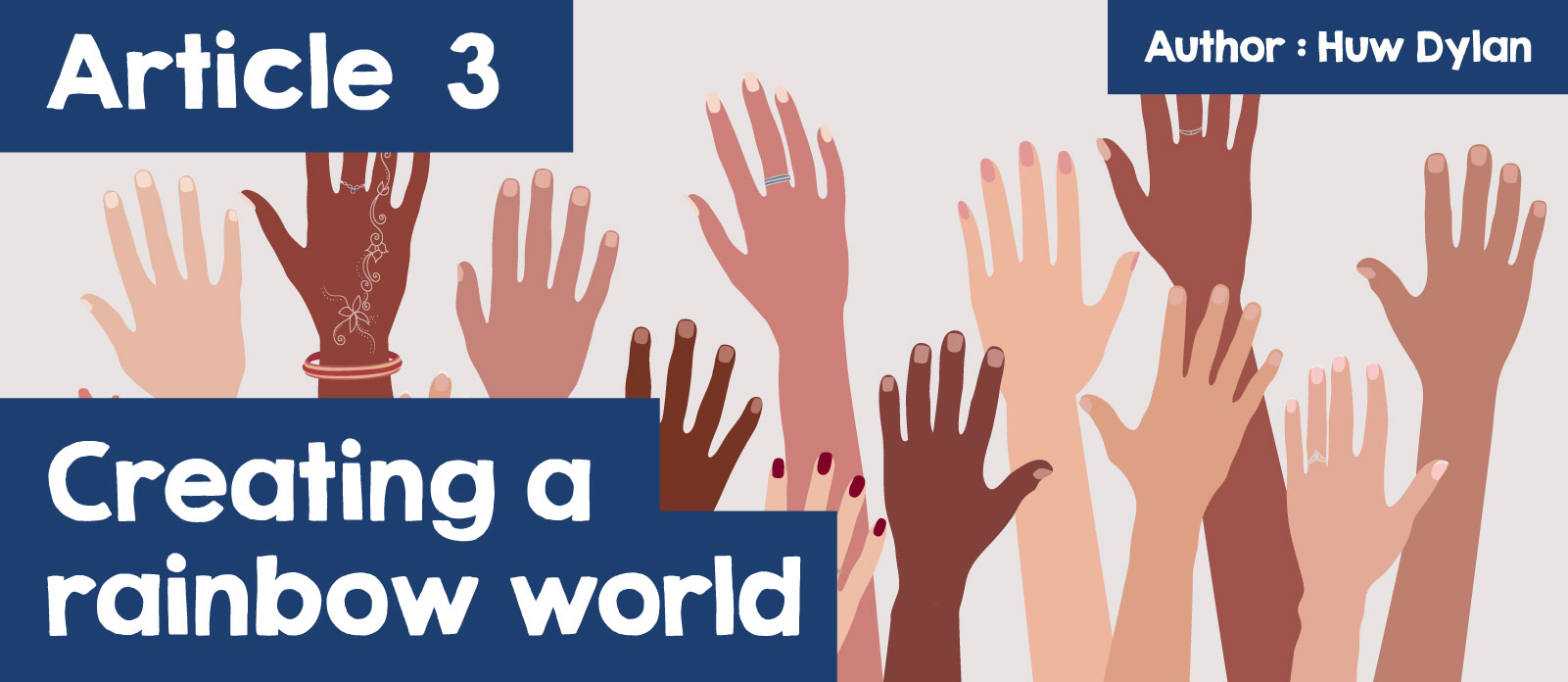Creating a rainbow world
Do you like Coca Cola? What strikes you about the video below? It's one of the most successful adverts every made. It was filmed in 1971 on hills above Rome, with a group of young people from every part of the world coming together to drink Coca Cola and sing – 'I'd like to teach the world to sing in perfect harmony’. Of course, the purpose of the advertisement was to sell Coca Cola, but it also contained a far more important message, and this image of a world of people from every creed and colour mixing happily together was certainly something that appealed to so many different people. Watch the full advert on YouTube – do you agree that it manages to convey an important message? Why?
Unfortunately, the world portrayed in the advert is an ideal world – the reality is very different. How many of you watch the news every night? Notice how many stories there are about prejudice and all sorts of discrimination – because of race, skin colour, ethnic background, religion, gender, age, disability and several other reasons. Why don't you watch the news for a week and create a table of the stories that mention prejudice and discrimination? Prejudice is judging people without having any information, knowledge or experience of them which leads to discrimination. Discrimination means treating people differently, usually unfairly, for example based on the colour of their skin. Prejudice and discrimination emphasise the differences between people which can lead to conflict and pitting communities against each other.
One very sad story was the fatal stabbing of three young girls in Southport followed by false speculation that the suspect was a Muslim asylum seeker.
https://www.bbc.co.uk/news/articles/ckg2r3lxzedo.amp
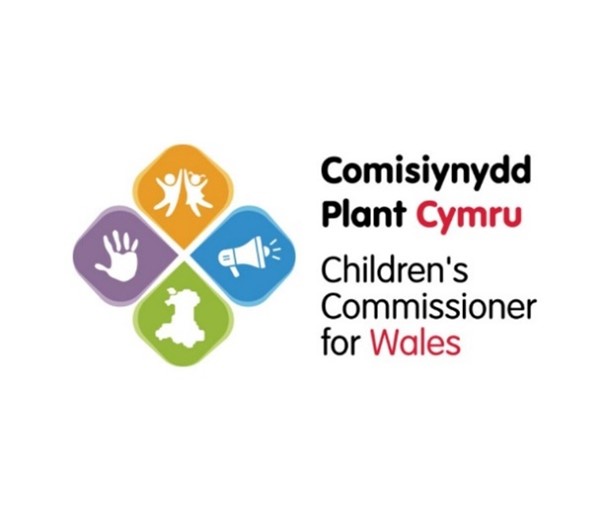
Do you know of examples of prejudice and discrimination happening in your area, either in school or in the community? The Children’s Commissioner for Wales made a report titled – ‘Take it seriously’: Children's Experiences of Racism in Secondary Schools. Here are parts of the report -
‘One group shared that they experienced a very racist incident with another school in the area, this started on a ‘WhatsApp’ group with racist messages – using slurs such as ‘terrorist’ and ‘Nazi’, but then escalated and police were contacted. The students felt that school management did not take it seriously.'
‘Some young Muslim girls who wore the headscarf reported receiving comments such as ‘you’re hiding a bomb in your scarf’ which for them feel so normalised that these are not reported. Another incident shared included a girl’s hijab being pulled off and left her crying, which students reported that the school didn’t take seriously. '
One group of children shared that a boy in their class is Indian, and lots of people in their class were spiting him by talking in an Indian accent. The children described the people who were doing this as Black and said their teacher did tell the boys off and gave detention, but they were concerned about the impact this had on the boy who was hurt.'
We heard from some that social media plays a big part in making racism ‘funny.’ A lot of racist TikTok videos are shared, and others received snapchat videos of people using the ‘N slur’.
Why do people and children discriminate and what is the effect of that discrimination on people?
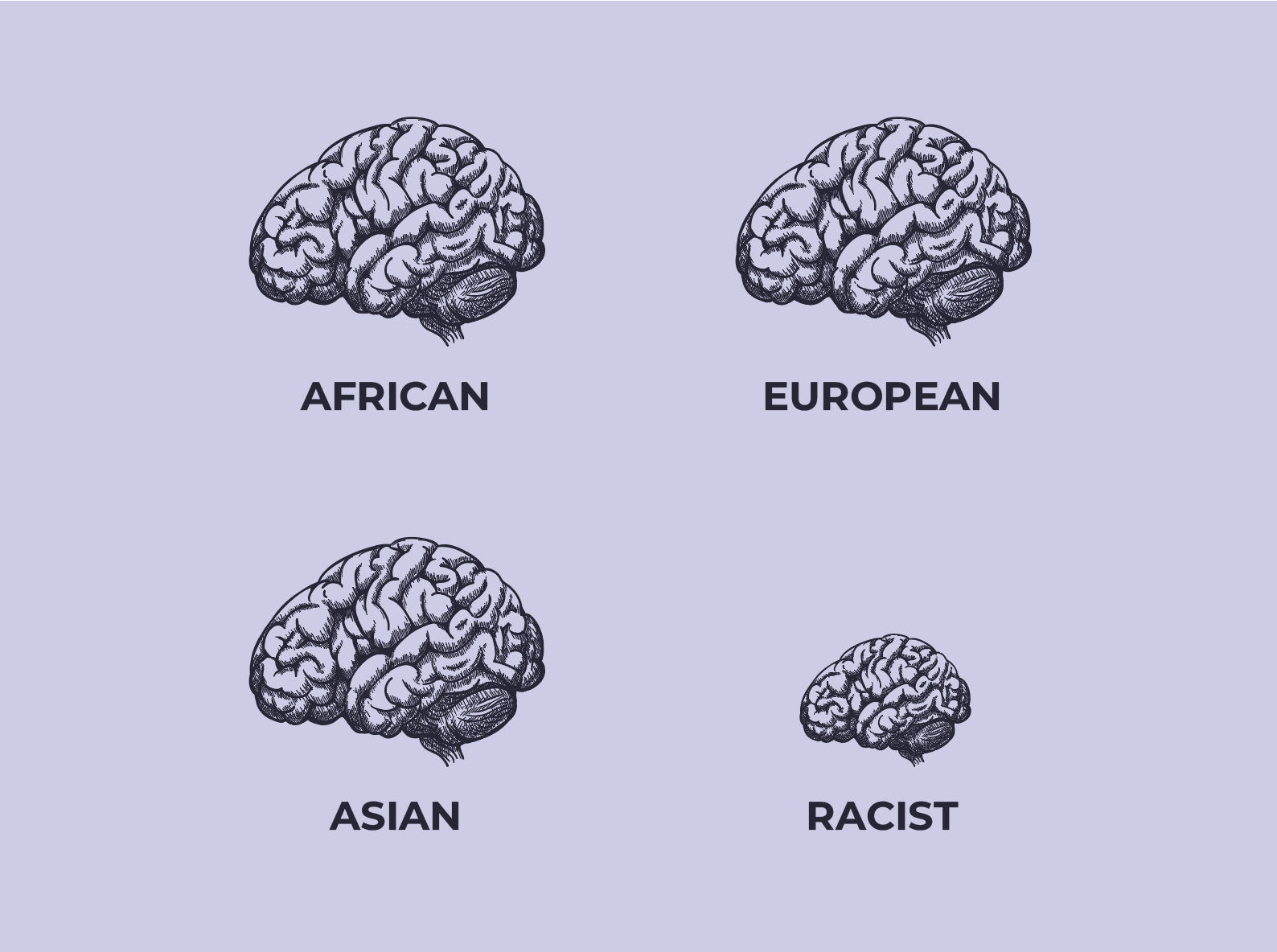
What is the message of the above poster? Why do people discriminate against others? There are many reasons, including prejudice towards that particular group of people leading to negative feelings towards them, the feeling that they are better than those people, fear and seeing different people as a threat, stereotyping and the influence of the media and social media.
But what is the effect of prejudice and discrimination on people? Try and put yourselves in the shoes of some of the pupils in the Children's Commissioner's report. How would you feel if you heard nasty words day after day?
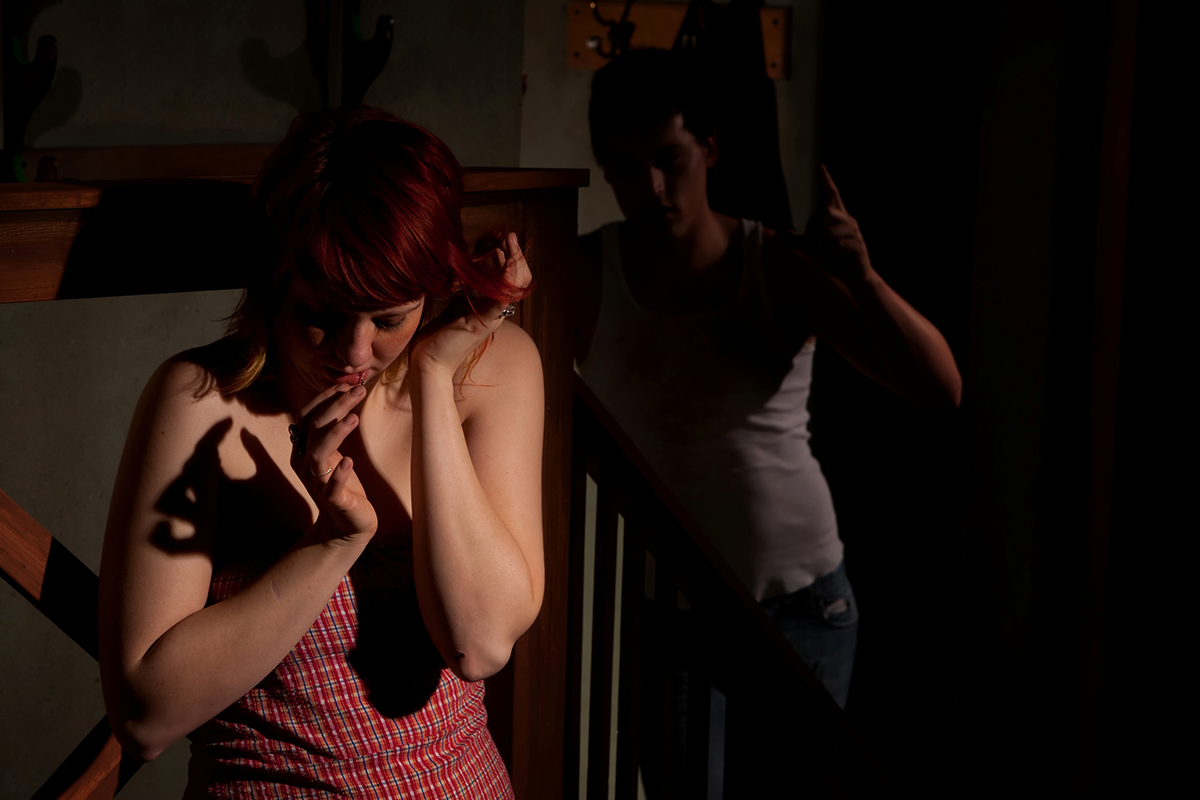
Discrimination can cause mental health problems that can lead to low self-esteem, chronic stress, and substance misuse. It can also make mental health problems worse and prevent people from getting support. Stress related to discrimination can lead to anxiety and depression, even in children. Discrimination can affect relationships with friends, families and colleagues and can affect general health including blood pressure.
Therefore, what do religions have to say about prejudice and discrimination? Well, there are many similarities in the views of each of the main religions of the world. Christianity teaches that all types of prejudice and discrimination is wrong. The Bible emphasises that people are created equally in the image of God. Paul the Apostle wrote in his Letter to the Galatians, "There is neither Jew nor Gentile, neither slave nor free, nor is there male and female, for you are all one in Christ Jesus". Many Christians today are fighting against all sorts of prejudice and discrimination.
Islam teaches that God has given human beings the right to equality, and that we should not discriminate against anyone based on their race, skin colour, place of birth or nationality. Sikhism teaches that prejudice and discrimination are attitudes and actions that cause people to be treated differently, and that everyone should be treated equally, no matter their race, gender, disability, class or wealth. Many Sikhs believe in the oneness of humanity and practice their beliefs through their actions in the community and in the gurduara. For example, Sikhs often volunteer to cook and serve food to everyone in the gurduara kitchen, called a langar, as a charitable deed.
Hindu Dharma teaches that Brahman is present in everything, therefore prejudice and discriminatory acts are considered wrong. Many Hindus also believe in ahimsa, which is the idea of avoiding harming any living things, including mentally, emotionally or physically. Hindus should try to live compassionate and caring lives, and they might help those in need or give charity. They also believe in showing respect towards all living beings, including animals, because they all have a part of Brahman in them.
But what can religions do to get rid of prejudice and discrimination and help those who are suffering? Religious leaders can give practical and spiritual support to victims of discrimination. They can arrange meetings to draw attention to matters, establish support groups, and pray with people. Religious leaders could use school assemblies to promote tolerance and harmony. They can also encourage respect towards religious and cultural diversity. Religious communities can reduce prejudice by being more inclusive. This can include guiding members to accepting multiple perspectives.
Education and Religion, Values and Ethics (RVE) education specifically can teach about other religions, and by doing so encourage tolerance towards different traditions and challenge people to achieve the ideals of equality. Teachers can ensure that students understand that there is no place to spread hate in the school.
Perhaps more importantly – what can you do?
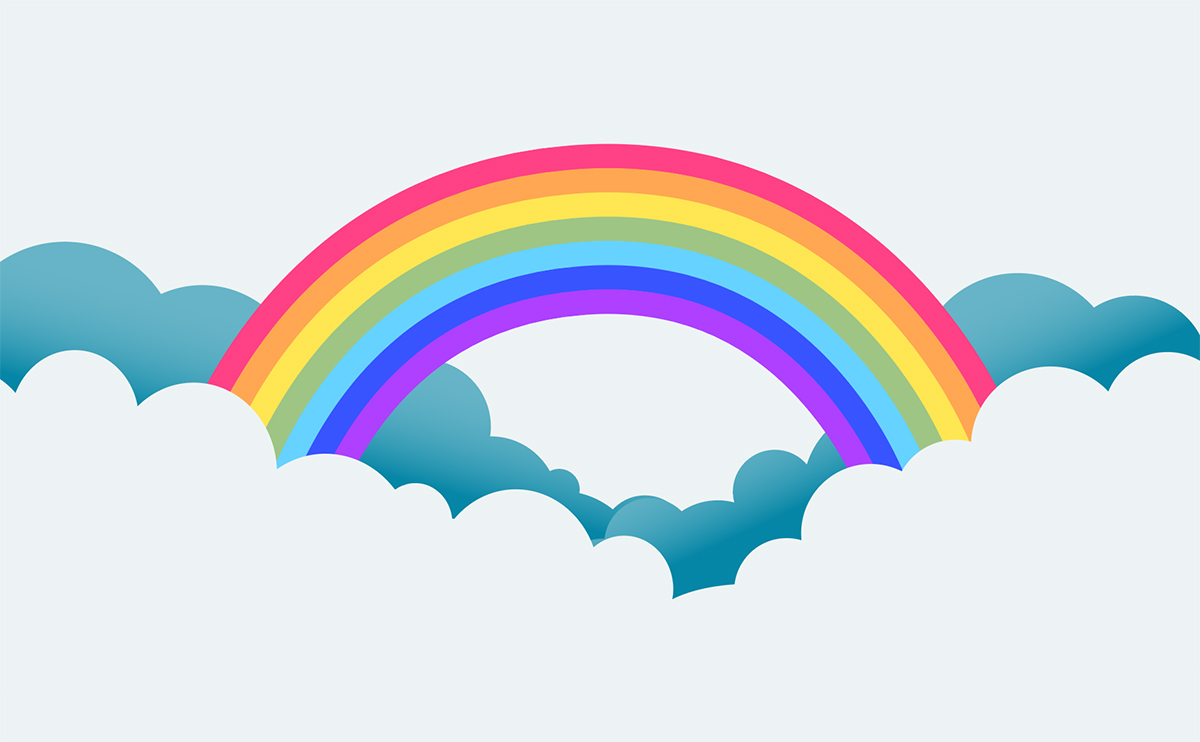
How can the rainbow be an image of a world without prejudice and discrimination? Think!
Can you come up with another symbol?


